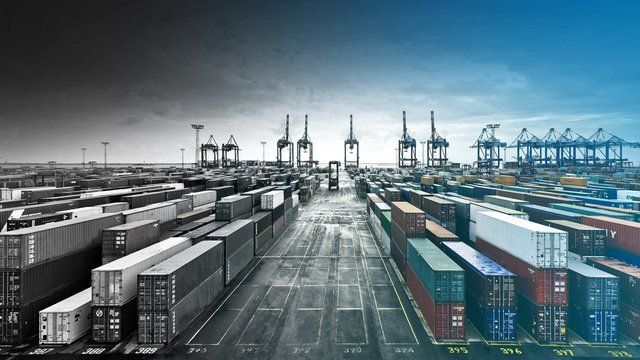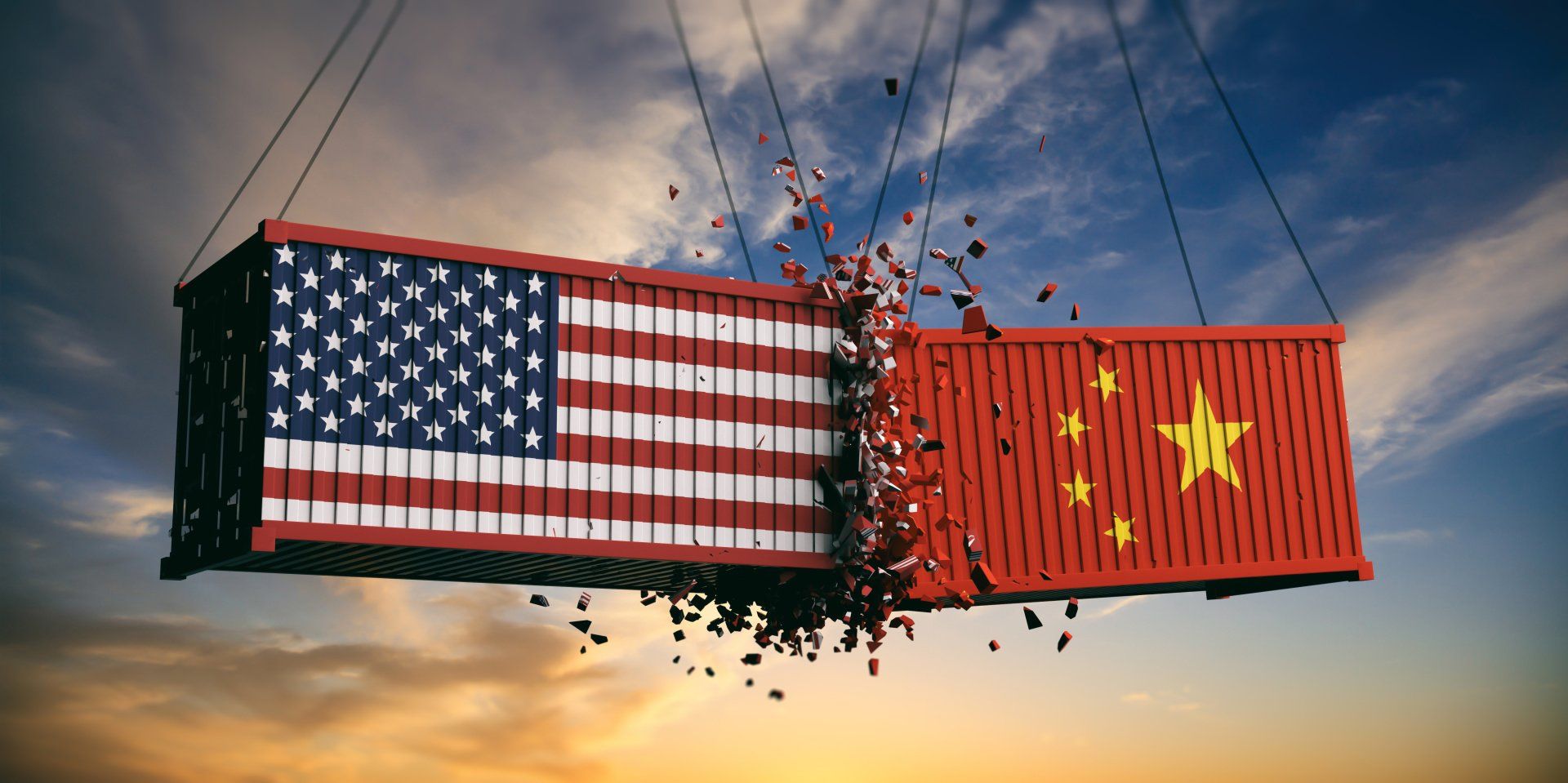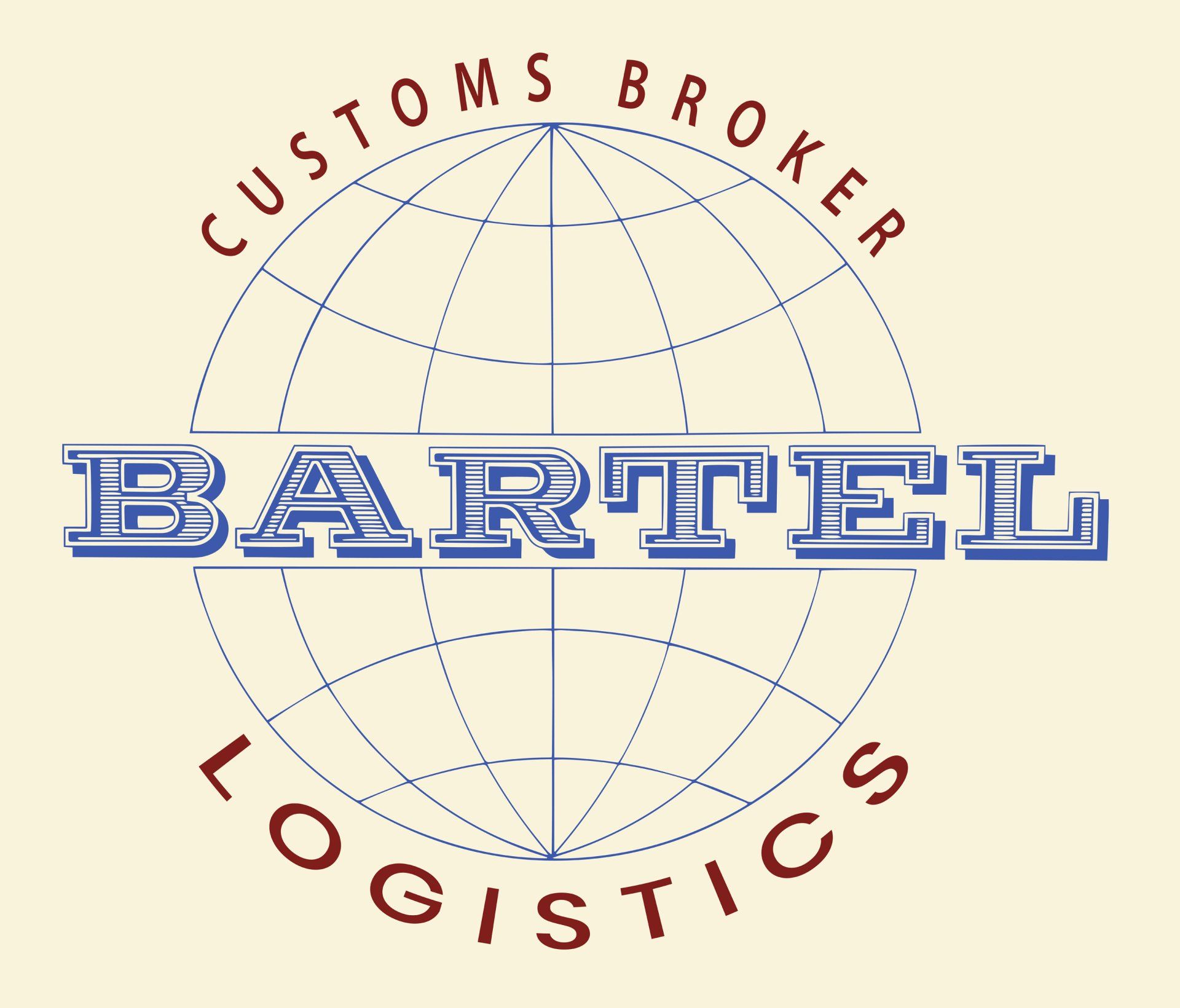Basic Introduction to International Importing

The U.S. considers imported goods to be products, and sometimes services, that are brought from one jurisdiction into another. Imported goods must cross the national border of a country. The federal regulatory body that oversees imported goods and their transactions in the U.S. is Customs and Border Protection, or CBP.
Importing goods into the U.S. may seem like a difficult task because of all the rules and regulations. However, importing is not as difficult as it seems. There are a few basic guidelines you must follow in order to import goods appropriately.
First Steps to Importing
One of the very first steps of becoming an importer is to consider whether or not you will need a permit or license to import your goods. The best way to do this is to check the guidelines of the CBP on their website.
It’s important to note that even though CBP may not require an importer to have a license or permit to import certain goods, other agencies may require them. You may also need a local or state license as well.
Finally, we will need to fill out CBP entry forms within 15 days of the day your imports will arrive. These forms will require your IRS business registration number, or your social security number if you don’t own a business.
Regulations
There are a few regulations you must become familiar with before importing goods into the U.S. One of these regulations set out by the CBP is Importer Security Filing (ISF). ISF may also be known as “10+2” as well.
ISF is only required for ocean imports. It requires an importer to file a form with CBP 24 hours before imported goods leave their last origin point. Failure to do so could require the imported to pay up to $10,000 in fines per shipment.
Is There an Easier Way to Import Goods?
For first time importers, there is a way to take the stress out of importing goods. Many first time importers hire a U.S. customs broker that will handle all the paperwork and filing needed to import goods. U.S. custom brokers guide an importer through the importing process, including regulations, customs laws, and tariffs. If you’re a first time importer, contact us for our website for more help.


